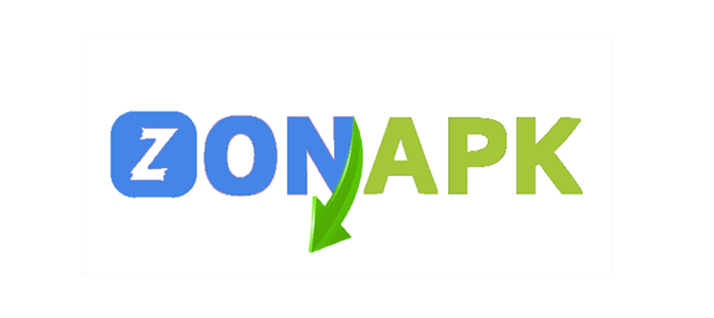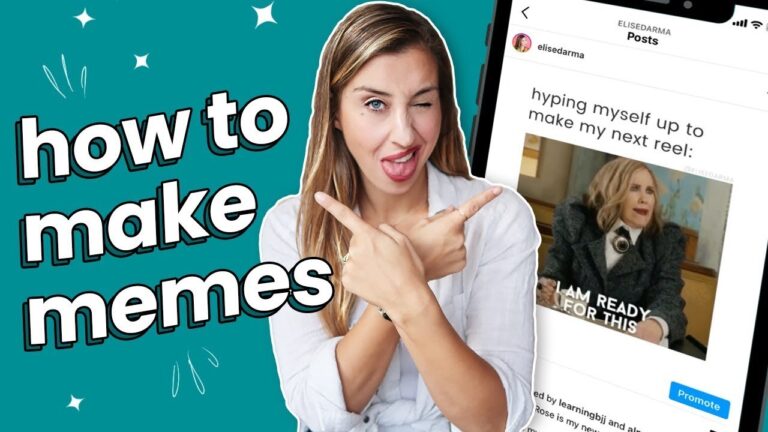Memes are the internet’s shortest storytelling format—one image, a few words, and boom: instant recognition, a laugh, and often a share. They work because they compress a whole situation into a single, relatable beat. Whether you’re a brand marketer, a community manager, or just the funny friend in the group chat, a good meme can cut through the noise faster than a long post or slick ad.
To get moving fast, start with an easy builder—use create your own meme to spin up a first draft in minutes—then apply the practical steps below so your post lands with clarity, timing, and personality.
Nail the “Relatable + Specific” Sweet Spot
The best memes begin with a universal moment—Monday dread, procrastination courage, the “I’ll start tomorrow” fitness plan—and then sharpen it with one specific detail that makes people feel seen.
- Too broad: “Mondays are hard.”
- Just right: “When the ‘five-minute daily standup’ hits minute 27 and we’re discussing snacks for the offsite.”
That tiny, concrete twist turns a general truth into “omg, us.”
Pro tip: Spend more time on the idea than the design. If the concept isn’t instantly clear, no font or filter will save it.
Pick a Template That Carries the Joke
Different formats imply different joke structures. Choose one that does the heavy lifting for you:
- Before/After (Drake): Reject/embrace comparisons.
- Temptation (Distracted Boyfriend): Choosing the shiny new thing over the obligation.
- Mislabeling (Is This a Pigeon?): Confidently getting something obvious wrong.
- Escalation (Galaxy Brain): From simple to hilariously overcomplicated takes.
If your caption needs extra sentences to set up the joke, try a template with a clearer built-in story arc.
Write Captions Like Headlines
Your caption is the punchline. Treat it like a front-page header:
- Cut filler: Remove “literally,” “so,” “very.” Shorter = funnier.
- Front-load the funny: Put the key word early.
- Use parallelism: “Expectations / Reality” thrives on symmetry.
- Aim for ear-readability: If it’s clunky aloud, it’s clunky on screen.
Micro-exercise: Draft three variants—safe, sharper, whisper-deadpan—then pick the one that makes you smirk after a 30-second break.
Design That Gets Out of the Way
Great meme design is nearly invisible. Viewers should process the joke before noticing the typography.
- Typeface: Bold, clean sans serif; keep it consistent across posts.
- Contrast: Light text with a dark stroke (or vice versa) for tiny screens.
- Hierarchy: One punchline and, at most, one small subline. No walls of text.
- Margins: Leave breathing room—avoid edge-hugging captions.
Accessibility win: High contrast and generous font size help everyone—and boost performance for people who watch on dim or cracked screens.
A Repeatable 10-Minute Workflow
- Collect sparks (2 min): Jot 3 situations your audience complained about this week.
- Choose format (1 min): Match the situation to a template that already “tells” the joke.
- Draft caption (3 min): Write 3 options; pick the tightest.
- Compose (2 min): Add text, check margins/contrast.
- Phone test (1 min): View at 50% zoom; if you squint, increase size.
- Ship (1 min): Post when your audience is actually scrolling.
Platform Fit: Same Joke, Different Packaging
- Instagram: Big text, minimal clutter, punchy first frame. Use carousel if you have a two-beat joke.
- TikTok/Reels: Animate the setup to the beat; land the punch on a cut or sound cue.
- LinkedIn: Work-life humor that’s clever, not snarky; keep it PG and context-aware.
- X (Twitter): Short, timely captions; threading complementary jokes can extend reach.
- Reddit: Deeper references win; read the sub’s rules and tone first.
Real-Life Scenarios (Steal and Remix)
- EdTech: “Me promising ‘just one last practice test’ vs. me meeting the ‘three more’ pop-up.”
- SaaS onboarding: “Skipping the tutorial” vs. “Asking support where the tutorial is.”
- E-commerce: “Add to cart for ‘later’” vs. “Mystery package arriving two weeks after payday.”
Notice each example starts with a familiar friction point, then spins a precise, share-worthy twist.
Timing, Frequency, and Consistency
- Timing: Post right before the moment your joke references (e.g., Monday AM for workplace memes).
- Cadence: Two or three meme posts per week can build a recognizable voice without spamming.
- Consistency: Keep a tiny style guide—font, stroke width, margins—so your posts feel like “you” at a glance.
Measure What Matters (Beyond Likes)
- Shares and saves: The strongest signals that your meme resonated.
- Comments: Look for “I feel attacked” and “sending to the team”—these are your north stars.
- Completion rate (for videos): If viewers drop in the first two seconds, tighten the open.
- Time to first share: Fast shares mean clarity; slow shares suggest the joke needs trimming.
Keep a simple tracker: template, caption, post time, performance. Patterns emerge quickly—often within a week.
Avoid the Common Traps
- Inside jokes only your team gets: Funny in Slack, confusing in public.
- Punching down: Humor that targets vulnerable groups isn’t edgy—it’s costly.
- Over-explaining: If you need a paragraph, it’s not a meme; it’s a sketch.
- Low-res images: Blurry visuals erode trust and tank shares. Use crisp sources.
Team Workflow for Faster Iteration
- Idea parking lot: A shared doc where anyone drops situations and phrases they hear on calls, in comments, or in support tickets.
- Template library: Keep 10–15 clean, high-resolution frames ready.
- Weekly retro: Review top performers, retire stale formats, and crown a “template of the week.”
Mini Case Study: The Standup That Wouldn’t End
A 12-person startup posted product screenshots that performed “meh.” They pivoted to a simple “Expectation vs. Reality” meme about “a quick two-minute standup.” Caption: seven words, big type, perfect timing (Monday 9:12 a.m.). Result: 6× average shares, a bump in profile visits, and several demo requests—without mentioning the product. The meme worked because it captured a widely felt pain with surgical specificity.
Quick Pre-Publish Checklist
- Does the template inherently match the joke?
- Can a stranger “get it” in two seconds?
- Is the caption lean and speak-able?
- Are text and image crisp and high-contrast on a phone?
- Is there one clear emotional beat (relief, dread, triumph, cringe)?
- Would you forward it to a friend or team chat?
Conclusion: Systems Beat Luck
Viral moments feel magical, but they’re rarely random. Build a simple system: start with a human moment, select a template that tells most of the story, write a headline-tight caption, and keep design simple and legible. Post when your audience is listening, measure what matters, and iterate weekly. Do that consistently and your memes won’t just earn likes—they’ll give your brand a familiar, trusted voice people recognize and share on purpose.

